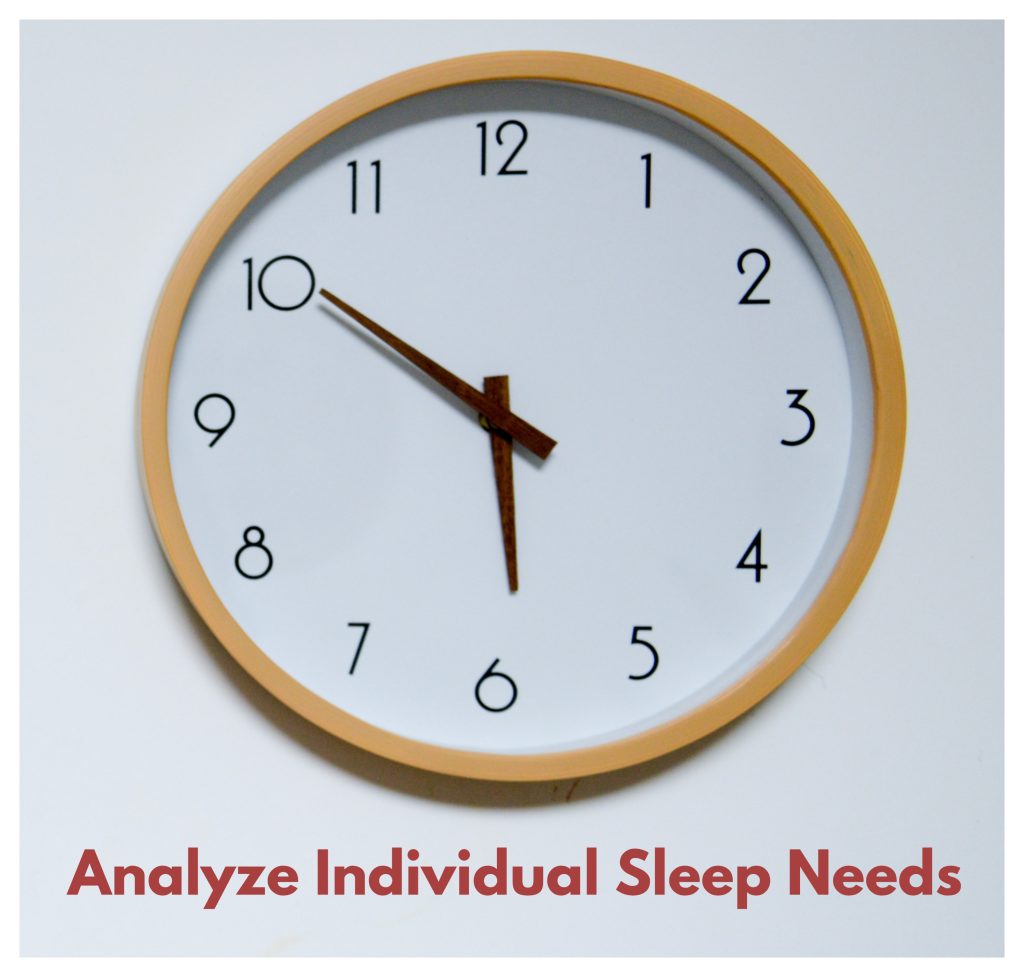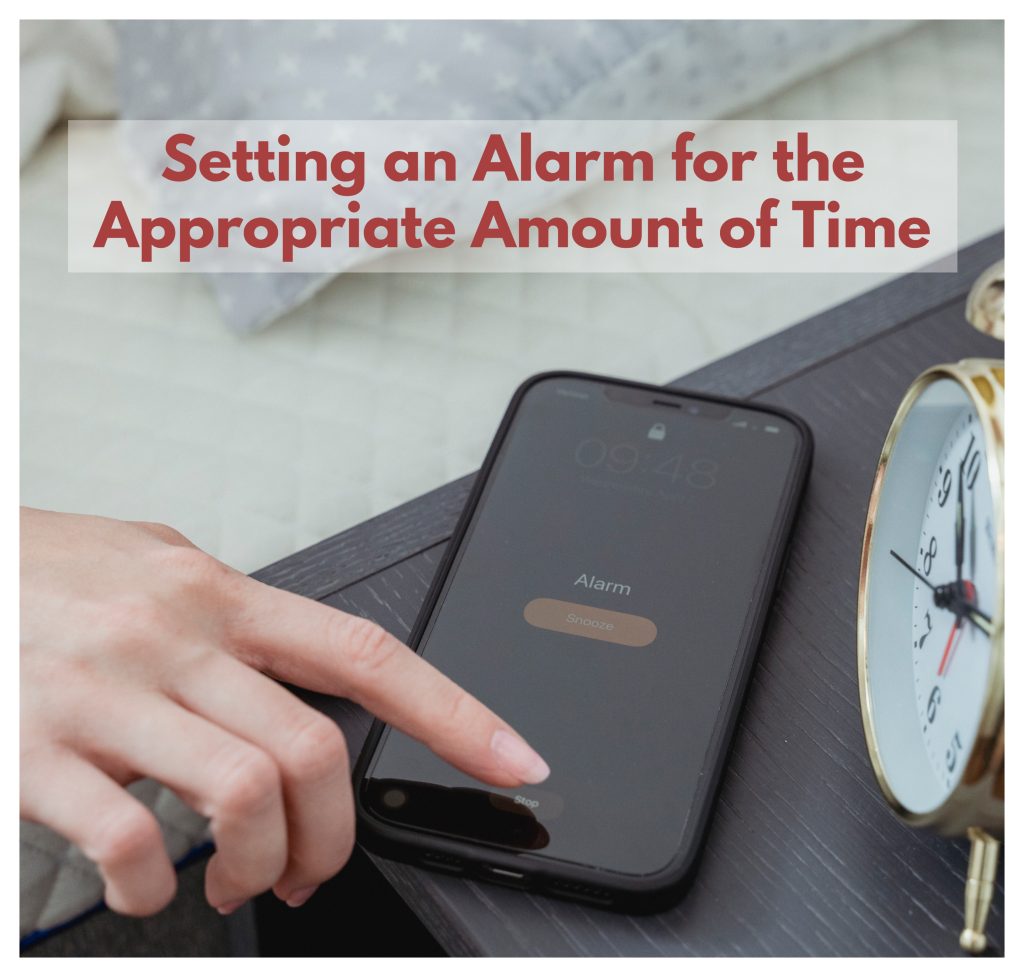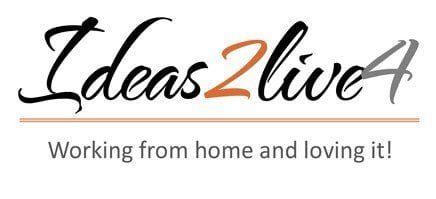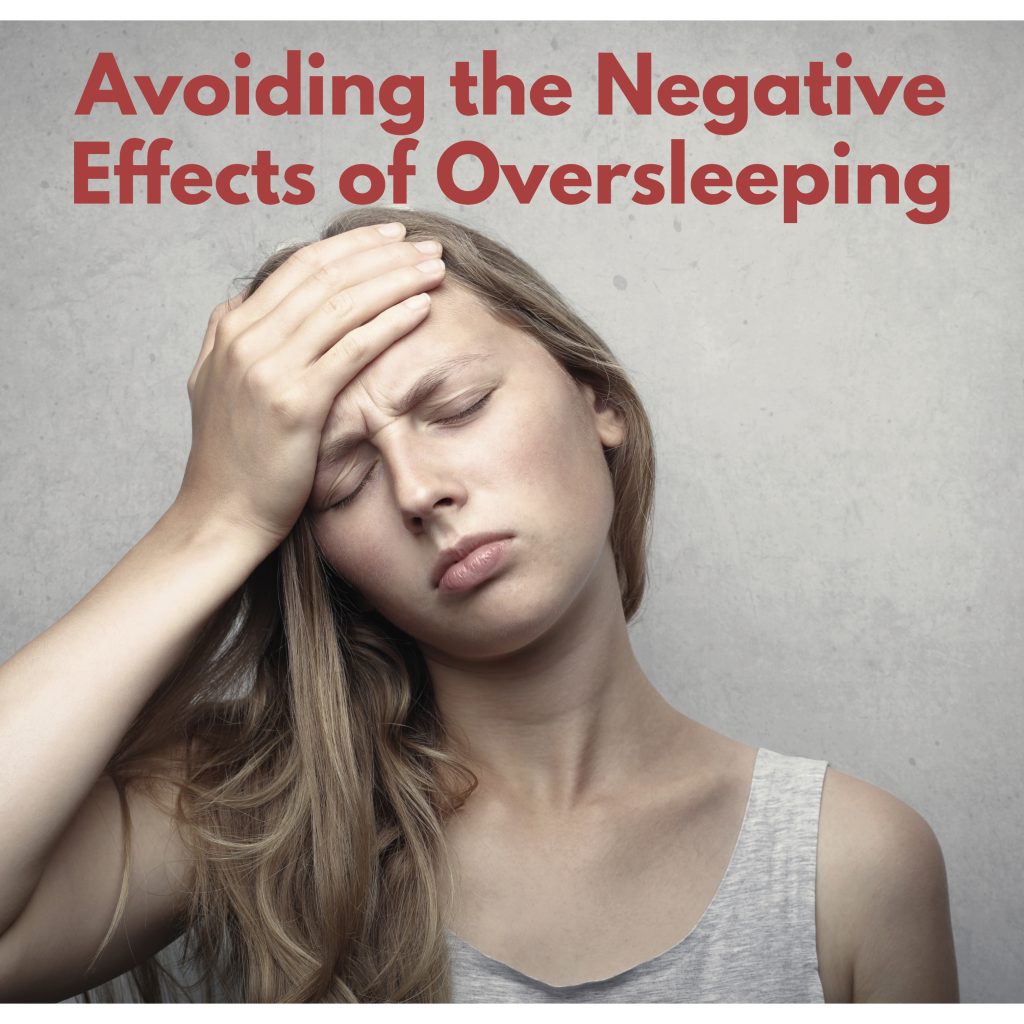We have all experienced that feeling of overwhelming tiredness during the day, where it feels nearly impossible to focus on work or tasks at hand. To counter this feeling, many of us resort to napping, hoping that it will restore our alertness and energy.
Unfortunately, napping can have a wide range of effects, from being a quick energy boost to potentially creating a “sleep hangover” and feeling worse than before. Herein lies the napping conundrum – understanding when to and how to nap can be an overwhelming challenge.
Post Contents
- 1 How Long is The Perfect Nap
- 1.1 Analyzing Individual Sleep Needs
- 1.2 Strategies to Find the Perfect Nap
- 1.3 Should You Have a Cup of Coffee Before Taking a Nap?
- 1.4 Avoiding the Negative Effects of Oversleeping
- 1.5 Utilizing Circadian Rhythm to Maximize Nap Efficiency
- 1.6 Incorporating Power Naps into the Workflow
- 1.7 Minimizing Interruptions During Naps
- 2 Conclusion
How Long is The Perfect Nap
In this blog post, we will explore the science behind power napping and provide tips and advice on how to navigate the napping conundrum. Power napping can be used to improve alertness and productivity without derailing our sleep schedules.
We will look into the benefits and drawbacks of power napping, helping you to decide when it is the right decision to nap and how to make the most of your power naps.
Analyzing Individual Sleep Needs
Before unlocking the secrets of power napping, it’s important to first, understand your individual sleep needs. Everyone has unique sleep patterns, and daily routines, so it’s essential to evaluate how much sleep you need daily. The amount of sleep you should get varies from person to person and varies depending on your lifestyle and personal preferences.
For instance, if you’re an active person who exercises regularly or plays sports, you may need more sleep than someone who is more sedentary. Similarly, if you’re a night owl, you might need more sleep in the morning, while if you’re an early riser, you might need to get more sleep at night.

If you’re feeling exhausted and like you never have enough energy to get through the day, you’re likely not getting enough sleep and could benefit from the occasional power napping. Taking a little break and resetting your mind and body can make a big difference.
Keeping track of your sleep habits in a sleep journal is one way to discover what works best for you and your individual sleep needs. Perhaps you find that you need more hours of sleep to feel energized and productive during the day.
Or, maybe you’re one of those people who only need six hours of sleep to feel refreshed. No matter what your individual needs are, understanding and honing in on them can help you get the best rest possible.
Strategies to Find the Perfect Nap
Once you have a better understanding of how much sleep your body needs, you can start to experiment with new napping strategies to find the perfect nap. Here are some tips to help you find the best nap for you:
- Choose the right time
- Ideally, you should aim to nap in the early afternoon, around 1-3 pm. This is when your body temperature naturally drops, making it easier to fall asleep.
- Taking a nap too late in the day can disrupt your nighttime sleep because it can interfere with the natural sleep-wake cycle of your body.
- Our body has an internal clock that regulates the timing of our sleep and wakefulness, known as the circadian rhythm.
- Find a quiet, dark environment
- The perfect nap is one that involves a dark, quiet space, at a temperature that is comfortable for your body.
- To fall asleep quickly and stay asleep during your nap, it’s important to find a quiet, dark environment.
- Use an eye mask or earplugs if necessary, and try to eliminate distractions such as phone notifications or loud noises.
- Dim lighting should be available, as well as a comfortable chair, pillow, or even a blanket.
- Depending on your individual preferences, you may also want to incorporate soothing sounds, aromatherapy, or another form of relaxation
- Experiment with nap length
- A 20-30 minute nap is generally considered the ideal length to improve alertness and productivity without disrupting nighttime sleep.
- However, some people may prefer shorter or longer naps based on their individual sleep needs.
- Incorporate a pre-nap routine
- Incorporating a pre-nap routine can help you unlock the secrets of power napping, allowing you to take a nap that refreshes and energizes you without interfering with your nighttime sleep.
- Developing a pre-nap routine can help signal your body that it’s time to relax and prepare for sleep.
- This can include stretching, reading, or practising relaxation techniques such as deep breathing.
- Find a quiet, comfortable space: The first step to a successful power napping is finding a quiet, comfortable space to lie down. This could be a bed, a couch, or even a quiet corner of your office. Make sure the space is cool, dark, and quiet so that you can relax and fall asleep quickly.
- Set the mood: Creating a relaxing atmosphere can help you unwind and get ready for your nap. This could include playing soothing music, using aromatherapy with essential oils, or dimming the lights.
- Take deep breaths: Deep breathing exercises can help calm your mind and body, making it easier to fall asleep. Try taking a few deep breaths, inhaling through your nose and exhaling through your mouth, to help relax your body and reduce any feelings of anxiety or stress.
- Stretch: Before lying down for your nap, take a few minutes to stretch your muscles. This can help relieve any tension or tightness in your body, making it easier to relax and fall asleep.
- Wear comfortable clothing: Wearing comfortable clothing can help you relax and feel more at ease while napping. Choose loose-fitting, breathable clothing that doesn’t restrict your movement or make you feel overheated.
- Having a cup of coffee before you take a nap.
- Be consistent: Once you find a nap routine that works for you, it’s important to be consistent with it. This can help train your body to fall asleep quickly and wake up feeling refreshed.
By experimenting with these strategies and listening to your body’s needs, you can find the secrets of power napping to improve your alertness and productivity throughout the day.
You should also consider factors such as when you’ll be most alert and productive, and when it is least likely that you will be disturbed by outside noise. Once you have determined a schedule, it is important to stick to it in order to ensure you are getting the most out of each power napping session.
Should You Have a Cup of Coffee Before Taking a Nap?
Having a coffee just before you take a nap can potentially add to the benefits of the 30-minute nap cycle, as the caffeine in the coffee takes some time to take effect. Typically, it takes about 15-20 minutes for caffeine to be absorbed into the bloodstream and start to take effect, and it can take up to an hour for the caffeine to reach its peak level in the body.
When taken before a nap, the caffeine can act as a natural alarm clock, helping you to wake up more alert and refreshed. This is because the caffeine will start to take effect just as you are waking up from power napping, and it can help to counteract any drowsiness that may linger.
However, it’s essential to keep in mind that caffeine affects everyone differently, and there is no one-size-fits-all approach to incorporating caffeine into your nap routine. Some people may find that consuming caffeine before a nap makes it more difficult to fall asleep, while others may experience jitters or an upset stomach from the caffeine.
If you are considering adding caffeine to your nap routine, it’s important to start with a small amount and monitor how your body reacts. It’s also important to keep in mind that consuming caffeine late in the day can interfere with nighttime sleep, so it’s best to avoid consuming caffeine after mid-afternoon.
Avoiding the Negative Effects of Oversleeping
Oversleeping, or sleeping for longer than necessary, can have a negative effect on your overall health, so it is important to find the secret of power napping length to avoid this issue. Oversleeping can lead to feeling groggy, disoriented, and lethargic, which is often referred to as “sleep inertia”.
This feeling can last for up to an hour after waking up from an extended nap or sleep period. Sleep inertia can be especially problematic if it occurs during the day, as it can interfere with your ability to focus and be productive.
This is why it’s important to avoid oversleeping and find the perfect power napping length that allows you to feel refreshed and alert without experiencing sleep inertia. To avoid oversleeping, it’s important to set an alarm and stick to a consistent nap routine.
As mentioned earlier, a 20-30 minute nap is generally considered the ideal length to improve alertness and productivity without disrupting nighttime sleep. By sticking to this time frame, you can help ensure that you wake up feeling refreshed and alert.
It’s also important to avoid napping too close to bedtime, as this can interfere with nighttime sleep and lead to oversleeping. If you find that you are consistently oversleeping or experiencing sleep inertia, it may be helpful to adjust your power napping routine or consult with a healthcare provider to address any underlying sleep issues.
Utilizing Circadian Rhythm to Maximize Nap Efficiency
When it comes to taking the perfect power napping, it is important to understand and utilize your circadian rhythm. Our bodies have an internal 24-hour clock, known as the circadian rhythm, that regulates our sleep and wake cycles. This rhythm is primarily influenced by external cues, such as daylight and darkness, and can vary from person to person.
Most people experience a natural lull in energy levels during the early afternoon, which is often referred to as the post-lunch dip. This dip is a result of our circadian rhythm and the natural cycle of our body’s internal clock. During this time, our body temperature and cortisol levels begin to decrease, leading to a dip in alertness and energy levels.
It is also worth noting that our circadian rhythm can be disrupted by external factors such as shift work, travel across time zones, and exposure to bright light at night. These disruptions can lead to difficulties falling asleep or staying asleep, as well as disruptions in the natural lull in energy levels during the early afternoon.
By taking advantage of this natural dip in energy levels, we can maximize the efficiency of our power napping routine. Timing your naps to the peak alertness period of your circadian rhythm can ensure that you receive the maximum benefit of your naps.
Incorporating Power Naps into the Workflow
Incorporating power naps into the workflow can be a challenging task, but the potential benefits are well worth the effort. Taking short, regular naps throughout the day can help to improve overall performance, mental clarity, and even mood.
Research has shown that power napping can help to enhance memory consolidation, increase creativity, and reduce stress levels. However, there is a science to the perfect nap. Timing, duration, and consistency are all key factors in unlocking the benefits of power naps.
Timing is particularly important, as it can impact how effective the nap is in terms of boosting productivity and reducing fatigue. For example, napping in the early afternoon is generally considered ideal, as this is when the body’s natural circadian rhythm dips, leading to a natural lull in energy levels.
Consistency is also key when it comes to incorporating power naps into your routine. Being consistent with your naps helps your body to adjust to the routine and maximize the effects. This means napping at the same time each day and sticking to a set duration to help regulate your body’s internal clock and optimize the benefits.
It’s worth noting that incorporating power naps into your routine may not be feasible for everyone, particularly those who work in jobs that require constant attention or have limited opportunities for breaks. However, for those who are able to take regular naps, the potential benefits are significant.
Minimizing Interruptions During Naps
When it comes to taking the perfect nap, minimizing interruptions is crucial. Interruptions can disrupt the natural sleep cycle and make it harder for you to fall asleep or stay asleep during your nap. This can leave you feeling groggy and more tired than before your nap.
One of the biggest culprits of interruptions during naps is noise. Loud noises can startle you awake and disrupt the natural sleep cycle, leading to a less restful nap. It is important to find a quiet and comfortable place to nap, such as a quiet room or a soundproofed space.
In addition to noise, phone notifications can also be a major source of interruptions during naps. The sound of a ringing phone or a notification can be enough to startle you awake and disrupt your sleep. To avoid this, it is best to turn off your phone or put it on silent before taking a nap.
Another way to minimize interruptions during a nap is to use a sleep mask and earplugs. A sleep mask can block out light and help you to fall asleep faster, while earplugs can block out noise and create a more peaceful sleeping environment.
It is also important to ensure that you have enough time for your nap. If you are constantly worried about waking up on time, you may not be able to fully relax and fall asleep during your nap. Setting an alarm for the appropriate amount of time and making sure that you won’t be interrupted during your nap can help to minimize interruptions and ensure that you get the most out of your nap.

Conclusion
In conclusion, power napping is an effective and efficient way to improve alertness, productivity, and overall well-being. Napping is a natural and instinctive behaviour that can be tailored to fit individual needs and preferences, making it an accessible and practical way to recharge and rejuvenate the mind and body.
By incorporating power naps into your daily routine, you can improve mental clarity, reduce stress, and increase productivity. Whether you are a busy professional, student, or stay-at-home parent, napping can help you stay focused and energized throughout the day.
The length and timing of naps are important factors to consider when planning your nap routine. While some people may prefer longer naps, others may benefit from shorter naps that are timed to coincide with their circadian rhythm.
Finding the perfect nap length and timing may require some experimentation and trial and error, but with practice and consistency, you can develop a routine that works for you. By understanding the science behind power napping, you can become a master of your own siesta.
Well, what are you waiting for? Get ready to take a power nap!









